Tesla Inc. rolled out its long-awaited robotaxi service to a handful of users following almost a decade of hype from Elon Musk, kicking off a precarious new era for the carmaker.
Several of the online influencers who were hand-picked for early access streamed videos of their initial rides during the Sunday afternoon launch. One X user who goes by Bearded Tesla showed the empty driver seat during a trip in a red Model Y SUV that lasted just over 10 minutes.
“It was smooth,” one of the riders said on the video after getting out of the vehicle.

The first trips are limited to a small portion of Tesla’s hometown of Austin, and a human “safety monitor” is riding in the front passenger seat. The users with early access are being charged a $4.20 flat rate for rides, Musk said Sunday in a social-media post.
The low-key rollout — only a handful of vehicles will be used initially — has nonetheless been highly anticipated by investors, who are counting on the new business line to revive a company battered by flagging sales and a consumer backlash against Musk. The Tesla chief executive officer is betting the company’s future on autonomous driving, artificial intelligence and humanoid robots — buzzy but still largely unproven markets.
“This is the first true test,” Gene Munster, managing partner of Deepwater Asset Management, said in an interview. “Anything that happens will be amplified, especially the negative. There’s a lot at stake.”
While Tesla hasn’t disclosed many details of the rollout, some early-access riders revealed that robotaxis will be available between 6 a.m. and midnight every day within several square miles of a geofenced area of the city, not including the airport. The service may be limited or unavailable in foul weather, and Tesla will use both the safety monitors and potentially remote operation.
The videos posted Sunday showed the autonomous vehicles successfully handling a variety of typically mundane driving tasks, like parking on the street and stopping for pedestrians. Some of the livestreams and posts showed buttons that the people in the vehicles can use to have the vehicle pull over, stop in lane and contact support.
Tesla ramped up testing recently in the Texas state capital, where Model Y SUVs with manufacturer plates have been spotted regularly in the south and southeast portions of the city. Musk has said Tesla would initially roll out 10 to 20 vehicles before expanding to a thousand within a few months, and later introducing a purpose-built Cybercab with no pedals or steering wheel.
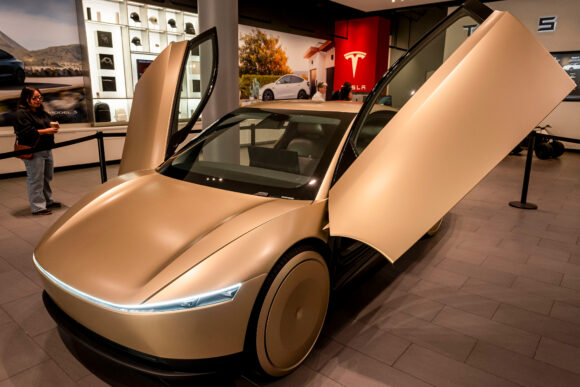
The CEO has a history of overpromising in the area of autonomy. After hinting at the possibility of an autonomous-car service in a business plan in 2016, he said three years later that Tesla customers would be able to utilize their vehicles as robotaxis by 2020.
Tesla has long offered a system called Full Self Driving that, despite the name, requires continual driver supervision and doesn’t make vehicles autonomous. The company has said it will operate its robotaxi network using an “unsupervised” version of the software that will not require a human driver to monitor.
Safety is a crucial factor in driverless car operations. Incidents that injure or kill people can bring regulatory crackdowns and negative attention to companies. Cruise, the now-defunct autonomy business of General Motors Co., grounded its fleet in late 2023 and had its operating license suspended in California following an accident that injured a pedestrian.
Uber Technologies Inc. ceased testing self-driving vehicles after one of its SUVs struck and killed a pedestrian in Arizona in 2018. Less than three years later, the company agreed to sell its self-driving business.
Austin has become a hot spot for autonomous vehicle operations. Waymo, which is owned by Google parent Alphabet Inc., is scaling up in the city through a partnership with Uber. Amazon.com Inc.‘s Zoox is also testing there.
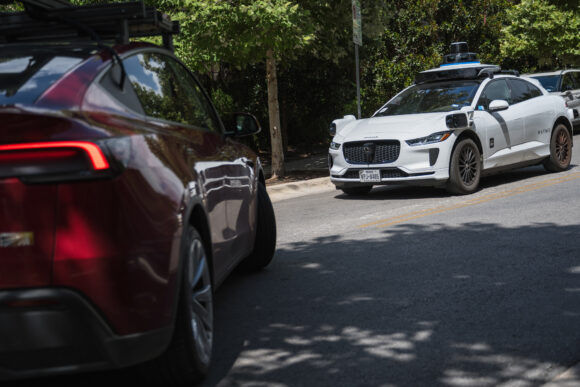
In Texas, Tesla faces few restrictions to operate autonomous vehicles. Driverless vehicles are required to be equipped with cameras, have insurance and follow traffic rules. A rideshare license in not currently required.
At the federal level, authorities are taking steps to ease the deployment of autonomous vehicles without driver controls like steering wheels or pedals. The National Highway Traffic Safety Administration said this month that it will streamline the process to get an exemption for such vehicles, which under current policy has resulted in lengthy processing times that can last years.
Topics Tesla
Was this article valuable?
Here are more articles you may enjoy.


 Acrisure CEO Greg Williams Makes $400M Commitment to Michigan State University
Acrisure CEO Greg Williams Makes $400M Commitment to Michigan State University 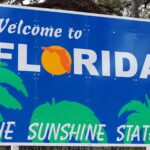 Surveys Show Concerns About Florida Market, But Consumers Are Warming Up
Surveys Show Concerns About Florida Market, But Consumers Are Warming Up 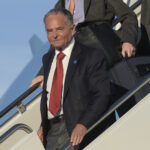 Businessman, Former Federal Insurance Co. Attorney Hit With $50M Florida Verdict
Businessman, Former Federal Insurance Co. Attorney Hit With $50M Florida Verdict 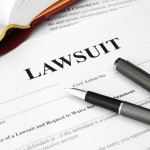 Lawsuit Alleges Farm Bureau Financial Concealed Fraudulent Activities
Lawsuit Alleges Farm Bureau Financial Concealed Fraudulent Activities 

